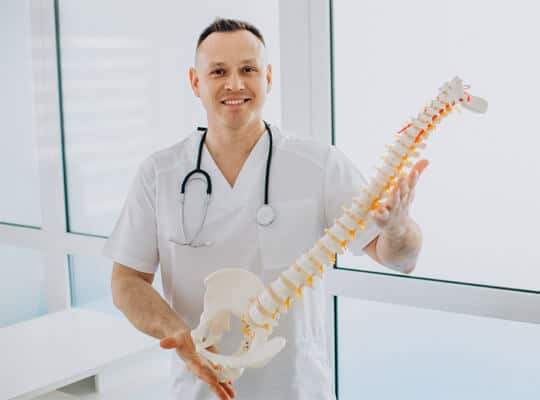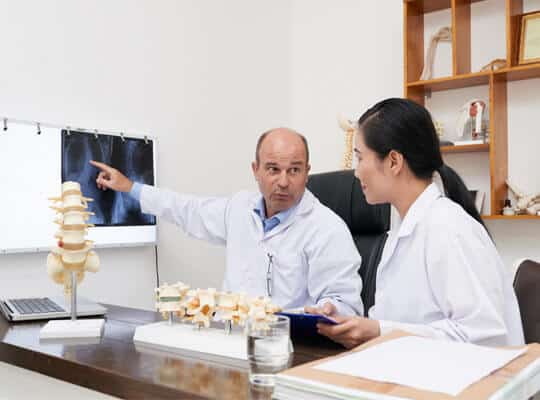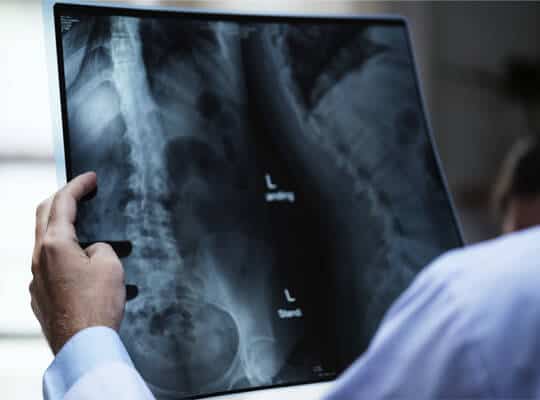Osteoporosis
Table of Contents
Osteoporosis
Osteoporosis is a disease in which bones become weak and more likely to break. Osteoporosis can happen to anyone, but it’s more common in older people. It’s important to understand the symptoms of osteoporosis so that you can seek treatment as soon as possible if you develop this condition.
What is osteoporosis?
Osteoporosis is a disease that causes bones to become fragile and more likely to break. It can happen when you’re young, but the risk increases as you get older.
Osteoporosis affects more than 10 million people in the United States, making it one of the most common conditions affecting older adults. The National Osteoporosis Foundation estimates that as many as 50% of women over age 50 have osteoporosis or low bone density (the condition before full-blown osteoporosis occurs). In addition to women, men are also at risk for developing this bone-thinning disease; however, they rarely experience any symptoms until their late 60s or early 70s.
Osteopenia refers to reduced bone mass density without any signs of fractures yet occurring; these individuals may be considered at increased risk for future fracture due to their reduced bone strength compared with normal individuals who do not have osteopenia/osteoporosis (10).

What are the signs and symptoms of bone loss?
The signs and symptoms of osteoporosis can be subtle, making it difficult to detect. The most common are:
- Bone pain
- Bone fractures that occur without any obvious cause (for example, falling from a chair or tripping over a curb)
- Tiredness and weakness
- A decrease in height as the spine becomes curved or stooped due to increased spinal curvature (kyphosis) This happens when bones lose mass and strength, resulting in an increase in spinal curvature. The result is that you may need to bend over more than usual when walking up stairs or curling up for bed at night–and this may make it harder for you to get around during the day!

What causes osteoporosis?
Osteoporosis is a natural part of aging. As you get older, your bones become weaker and more prone to fracture. When this happens in the spine or hip, it’s called osteoporosis-related fractures.
Osteoporosis is caused by a combination of factors, including genetics and diet. While you can’t control your genes or change the foods that are available to you, there are things you can do to lower your risk for developing osteoporosis: exercise regularly; eat well-balanced meals with plenty of calcium-rich foods like milk and yogurt; avoid smoking cigarettes (and avoid secondhand smoke); don’t drink too much alcohol; maintain a healthy weight throughout life–don’t gain weight as an adult because it puts more stress on bones than being at an ideal weight does for younger people who haven’t yet reached their peak bone mass potentials.
How is osteoporosis treated?
You may need to take calcium and vitamin D supplements.
This can help to slow the loss of bone density that occurs with osteoporosis.
You may also be prescribed medicines called bisphosphonates, which reduce bone breakdown and stimulate new bone formation. You’ll need to have regular blood tests while taking these medications so your doctor can monitor their effects on your kidneys, liver and heart (see below).
If you’re a postmenopausal woman who has been diagnosed with osteoporosis or low bone density, hormone therapy is another option for treating your condition. This involves taking estrogen replacement therapy (ERT) or hormone replacement therapy (HRT), which replaces some of the hormones lost after menopause – usually oestrogen alone or in combination with progesterone.
There are many ways to prevent bone loss
There are many ways to prevent bone loss. Weight-bearing exercise, such as walking or jogging, is one of the best ways to build strong bones. Calcium and vitamin D are also important in preventing osteoporosis because they help your body absorb calcium from food. Exercise for balance can help you avoid falls and injuries that could cause broken bones. Medication may be used as an additional treatment if you have high blood levels of calcium or vitamin D (hypercalcemia), but this should only be done under a doctor’s supervision
Osteoporosis is a serious condition that can lead to fractures. If you think you might be at risk for osteoporosis or have been diagnosed with the disease, talk with your doctor about treatment options.

For More Information
Please do not hesitate to contact us for more information on the subject.



